Respuesta: Fotografía Cinematográfica
1oo1
no estoy en nada deacuerdo..- Me parece que estas confundido, o bien, no tienes ni idea
1oo1
Follow along with the video below to see how to install our site as a web app on your home screen.
Se debe tener en cuenta: This feature may not be available in some browsers.
no estoy en nada deacuerdo..- Me parece que estas confundido, o bien, no tienes ni idea
Harmo, supongo que no vas a ver lo que ha hecho tu admirado John Seale por los canales venecianos, me equivoco? Yo creo que el tio cumple. O sera que mi copia se veia sorprendentemente bien. Me han gustado las escenas tirando a oscuras, interiores o exteriores, y el glamour que le da al producto. No se porque pero me ha retrotraido a pelis del palo de los 90, no a un look que se estile ahora, con tonos azules... Los dias soleados si que quemaban un poco, pero bueno. Bien.

¿Podría ser el master digital no estuviera supervisado directamente por ellos y que las copias en 35mm, al menos en España, estuvieran sacadas de él?
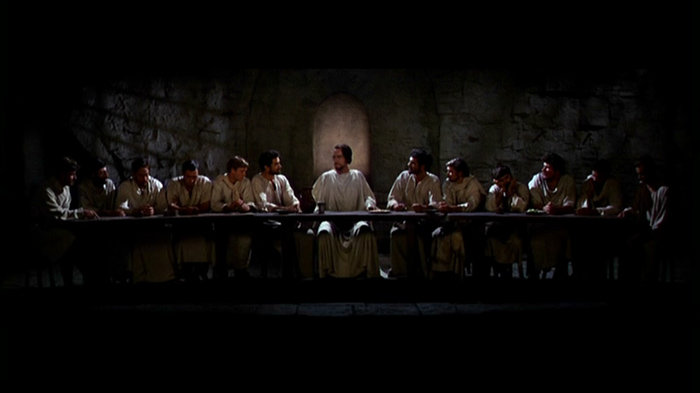
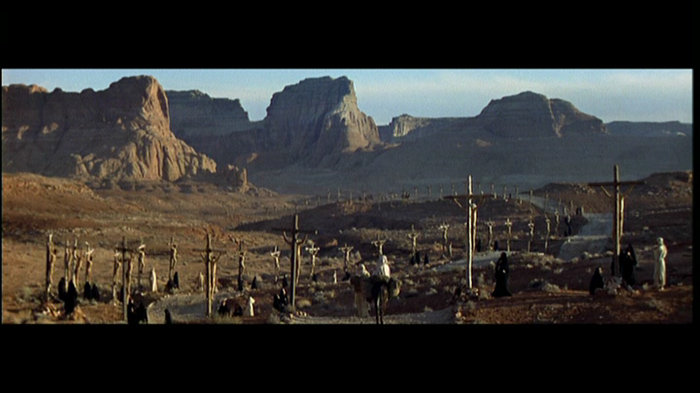
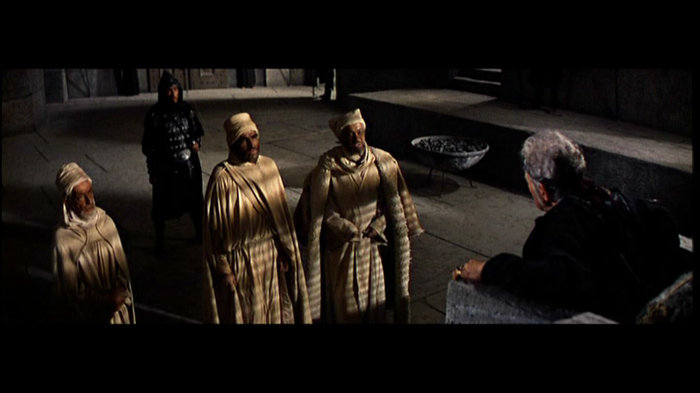
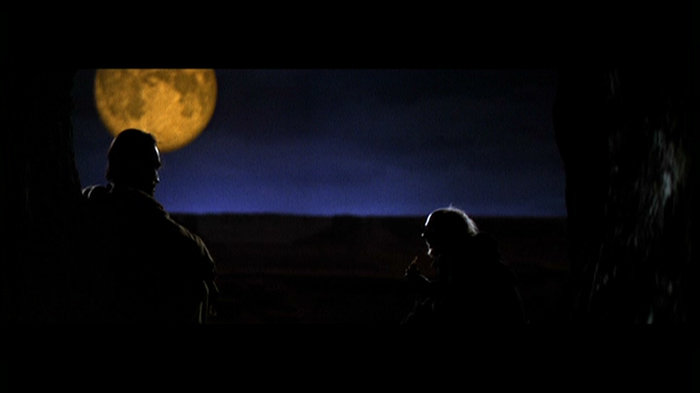
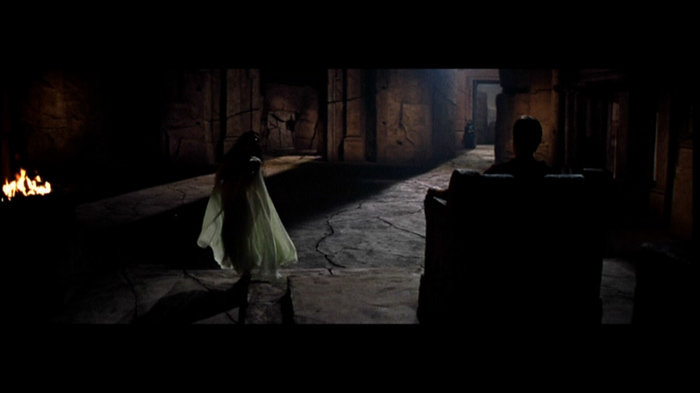
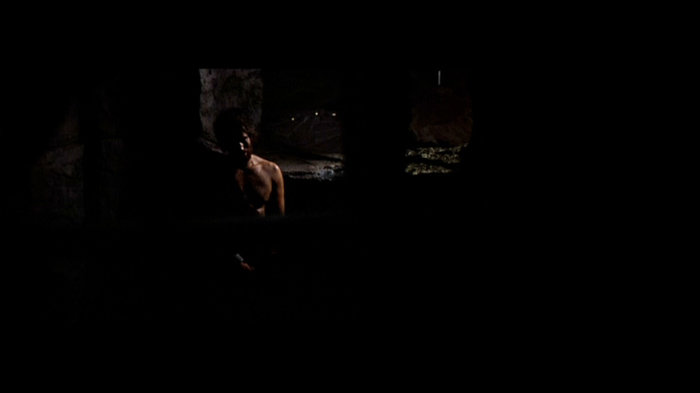
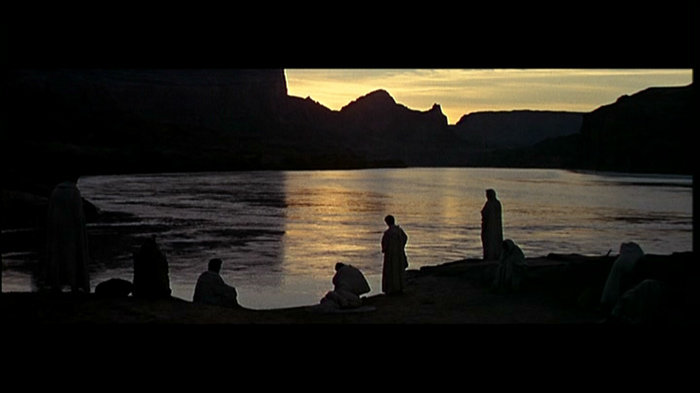
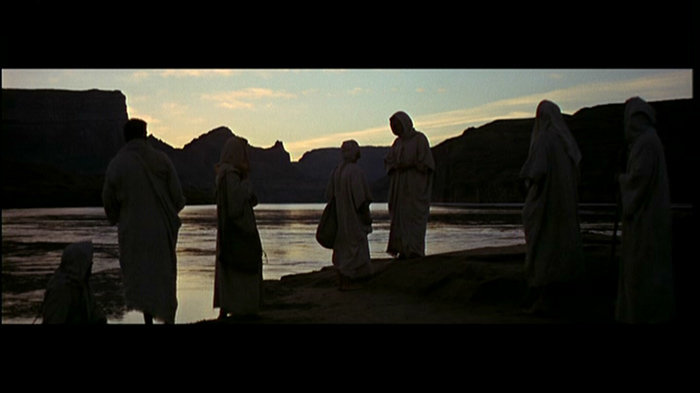
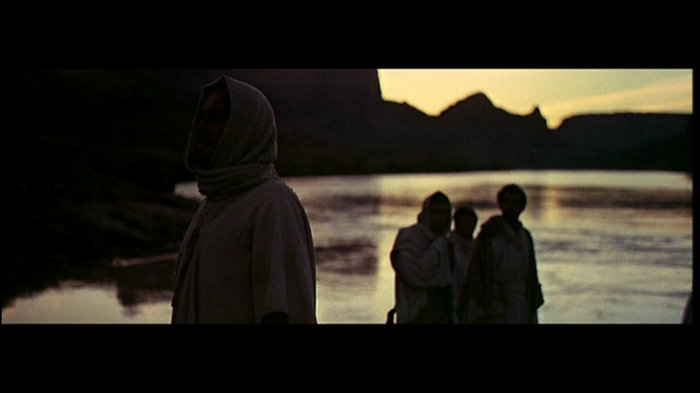
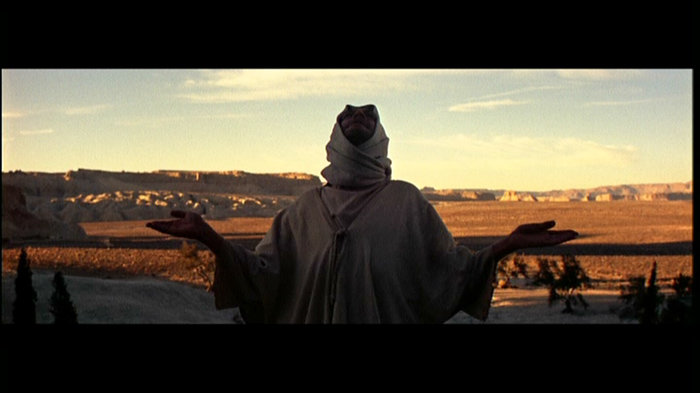
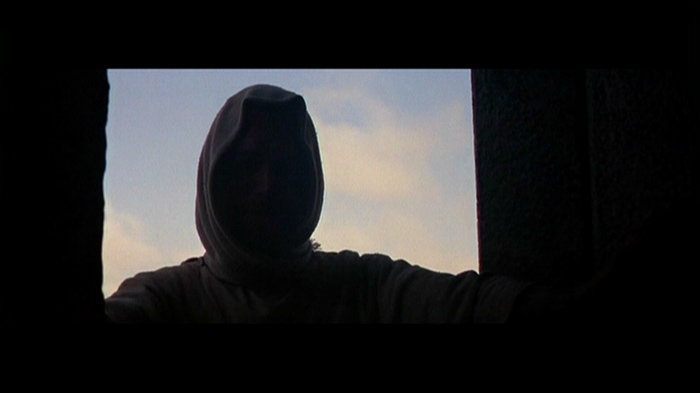
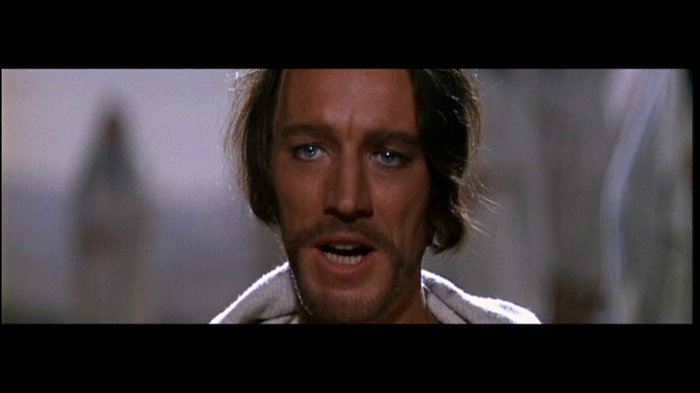


 .
. , bastante poesia y mucho más 'narrativa' que el resto de su obra, que no es más que preciosismo y diseño.. además yo la veo la más conseguida visualmente (lo poco que recuerdo), además le recuerdo cierto rollo tarkovskiano a ratos.
, bastante poesia y mucho más 'narrativa' que el resto de su obra, que no es más que preciosismo y diseño.. además yo la veo la más conseguida visualmente (lo poco que recuerdo), además le recuerdo cierto rollo tarkovskiano a ratos.Venga, comencemos a poner películas malas o del montón con una fotografía extraordinaria.
Y sí, lo de Almendros en "El Lago Azul" era un escándalo.
¿Dragonslayer no es la de "Bizcochito"? Buf, no recuerdo la foto (años hace) pero lo que recuerdo del resto de la peli no me da ganas de volver a verla...

Pero ese año tocaba premiar a Unsworth, que había muerto ¡tres años antes! (joder, sí que estuvo tiempo retrasada Tess; he oído muchas cosas buenas de su foto)
PD: las otras nominadas ese año, Chapman con Toro salvaje, Crabe con La fórmula y Bode con Quiero ser libre. Estaba mirando nominaciones de esos años y he encontrado la ganadora del año siguiente, que para mí es una peli del montón con una fotografía fantástica: Rojos, de Storato. Aunque ojo que ese año estaban Slocombe con el primer Indy y Thomson con Excalibur, casi nada. Hoy no, hoy el Oscar de foto va para Avatar.
